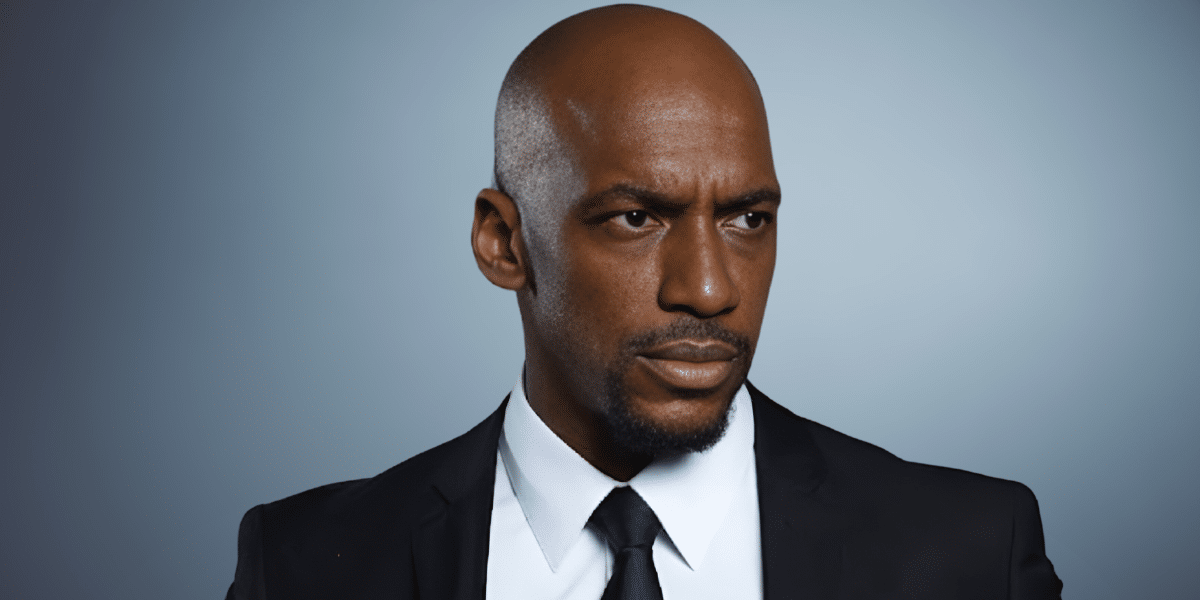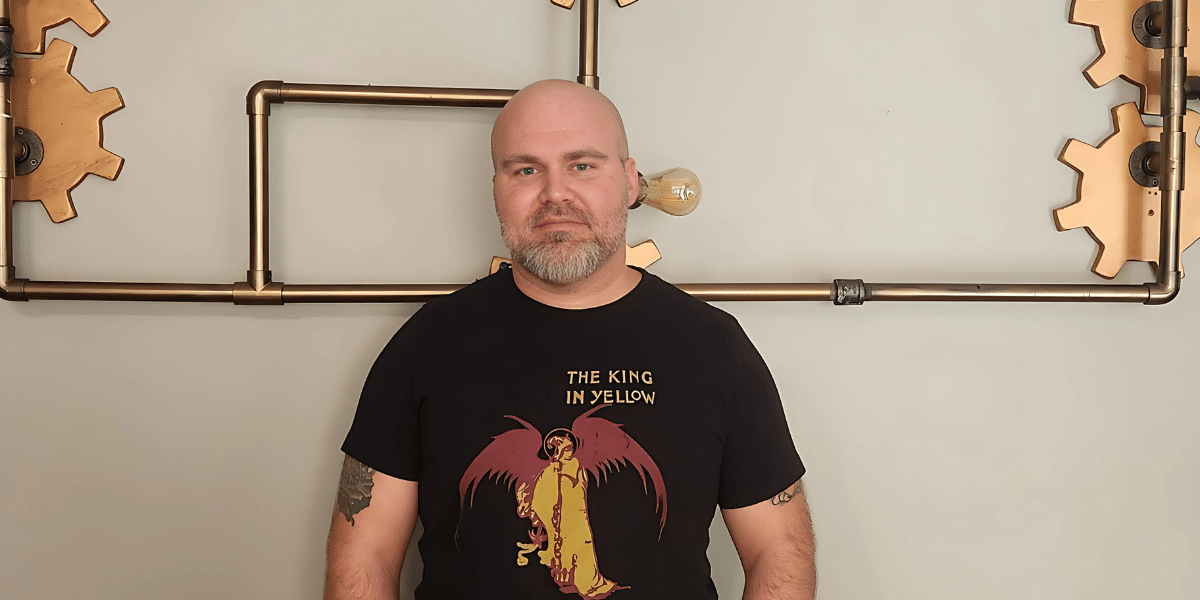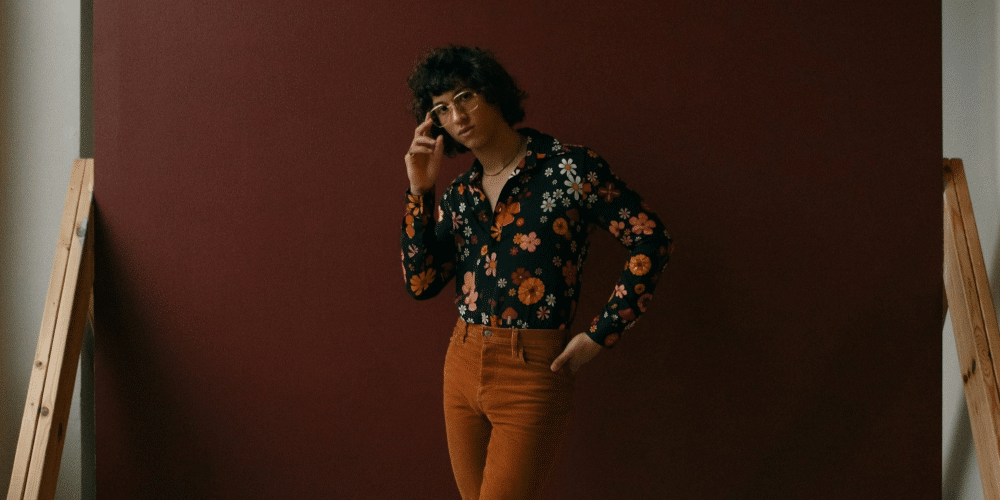Image source: Ultimate Classic Rock
While the 1980s are often associated with electro dance music, the decade also saw the rising popularity of rock, with bands like Kiss, Led Zeppelin, and Guns N’ Roses making one hit after another. In the mid-80s, Bon Jovi reached global recognition, making them one of the most famous rock bands of all time. While most people can easily recognize lead singer Jon Bon Jovi for helming the band’s name, Richie Sambora has been equally responsible for the band’s success.
Born and raised in New Jersey, Richie Sambora’s first venture into music with the accordion, playing from six years old before picking up the guitar in 1970, following Jimi Hendrix’s death. Growing up, the young musician was heavily influenced by the rock and roll of the 1960s and the blues genre. Sambora also cites Spanish classical music as a major influence. He would later learn the drums, bass, saxophone, and piano.
Sambora would take his musical gift to co-found the band Message with the late Dean Fasano before leaving to take a two-week trip to Los Angeles, where he hoped to win an audition for a place in the band Kiss. However, Sambora’s venture was unsuccessful. He would return home, where a friend referred him to a local artist whose music taste and style aligned more closely with his. Meeting the artist, Sambora would join Jon Bon Jovi, replacing Dave Sabao as the band’s guitarist. By 1983, the band would get signed with Mercury Records.
From there, Richie Sambora would become Bon Jovi’s writing partner. The duo co-wrote some of the anthems that continue to be praised as classics today, like “You Give Love a Bad Name,” “Living On a Prayer,” “It’s My Life,” and “Wanted Dead or Alive.” Throughout the 80s, the band encountered massive success, visiting more than twenty-two countries and performing more than 232 shows. Sambora and Bon Jovi would later perform a sold-out homecoming concert in New Jersey before flying to the Soviet Union to perform, making them the first band officially sanctioned by the Soviet government to perform in the Soviet Union. Their album New Jersey became the first American album to be legally released in the USSR.
However, the tours had taken a toll on everyone as they endured sixteen months of concerts. Following their Mexico tour, Richie Sambora and his bandmates went home as they realized there were no clear plans for their future. By 1991, Sambora, like his fellow bandmates, went into solo ventures. He released his first solo album titled “Stranger in this Town,” which allowed him to showcase his passion for the blues. Although it did not meet commercial success, the skillful guitarist was able to achieve a lifelong ambition. It would take seven years before he released a second album titled “Undiscovered Soul.” Released during a return with Bon Jovi, the album moved away from his blues sound, instead showing a versatile approach with power ballads alongside arena rock material.
By 2009, Richie Sambora and Jon Bon Jovi were inducted into the Songwriters Hall of Fame, establishing his place in history as one of the most iconic songwriters in the rock genre. Upon leaving Bon Jovi in 2013, Sambora would later work on a third solo album called “Aftermath of the Lowdown,” where he explored music areas comparable to David Bowie and Coldplay.
References:






